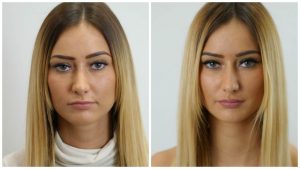We have seen on our recent Foundation Botox and Dermal Filler Training Courses that medical professionals (doctors, dentists, nurses, and surgeons) want to learn everything in the shortest time possible. We understand this but will it make us good injectors?
Something one of our aesthetic trainers, Dr Matt Perks sees very often is that after the Foundation Botox and Dermal Filler Training Day, some delegates feel lost and overwhelmed. Due to there being no set structure within a career in aesthetics, it’s something a lot of NHS professionals struggle with. So how do Cosmetic Courses help medical professionals get started in aesthetics?
Aesthetics Structure
- We try and offer as much as possible while still ensuring patient safety.
- We will cover both Botox techniques and Dermal Filler techniques in a way that you will be fully equipped to go and practise.
- We provide unlimited support after your training course so you can get the answers to your questions.
How can you set yourself up for success?
- Please complete the pre-course reading and learning before your training day. This will ensure that you are set up for success and have a strong platform for when you start.
- You will be able to do ‘upper face Botox’ at the end of the session so think of 3 people that you could treat. Take before pictures and ask for some advice on injecting from your trainer. The same goes for Dermal Filler treatments. Our aesthetics trainers will do everything we can to ensure you are ready to go, and getting some advice on your first patient is a good way to start.
- Don’t wait too long before booking your next training. I say to all of my delegates, do a training practice three times then add more training. This is a great way to practise and consolidate your knowledge and not lose the muscle memory from the practical on the day. At the start of your career, you’ll want to learn a lot to feel confident. The starter package is a great way to do this.
- Continue to ask for help. You can always email us asking for help. Our trainers are always here to help with cases, complications and any questions about medical or business topics.
Upcoming Foundation Courses
For a limited time, we have 10% off our Foundation Botox and Dermal Filler Training Course when you use the discount code CC24 in the cart. This discount is available for all Foundation Botox and Dermal Filler Training Courses across all Cosmetic Courses Training Clinics.
We have a special offer running when you refer a friend. If you refer a friend to us, you will both get 20% off your next aesthetics training course. Find out more about our referral scheme by clicking here.
Upcoming Foundation Aesthetics Training Dates
27th January – Buckinghamshire
28th January – Leeds – 3 Spaces Left
10th February – Birmingham – 2 Spaces Left
17th February – Nottingham
22nd February – Glasgow – 2 Spaces Left
24th February – Buckinghamshire
25th February – Leeds – 3 Spaces Left
2nd March – Nottingham
9th March – Birmingham
9th March – London – 3 Spaces Left
11th March – Glasgow
13th March – Belfast
16th March – Buckinghamshire
Click here to view more information and book an upcoming training course.

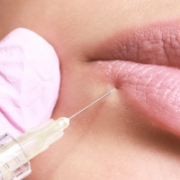
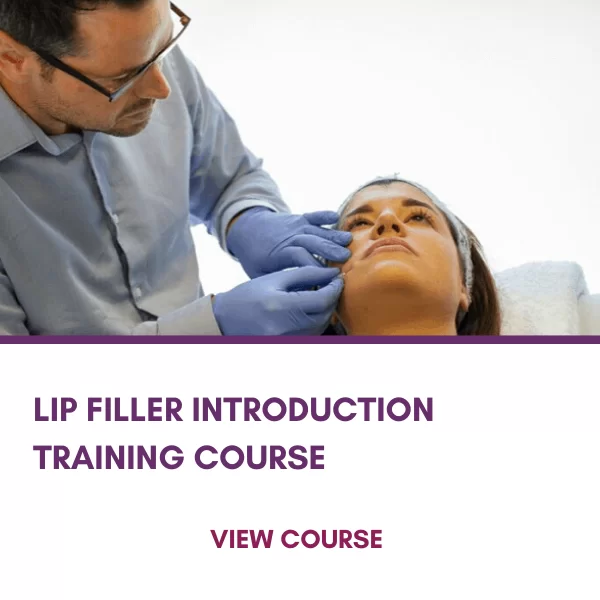
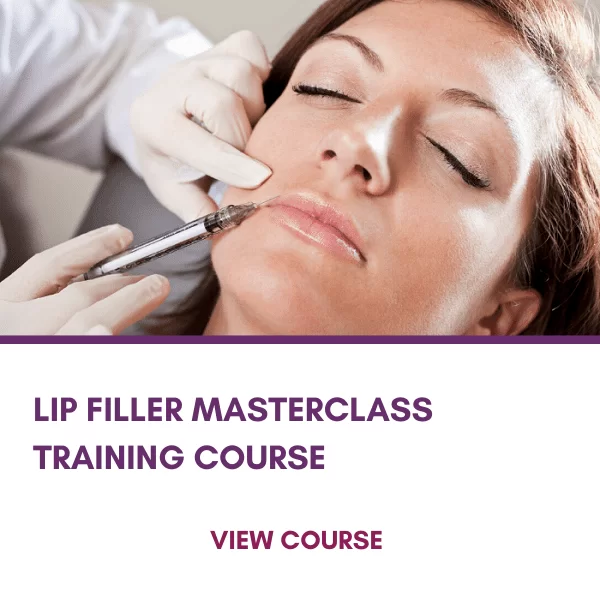
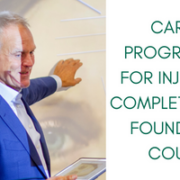



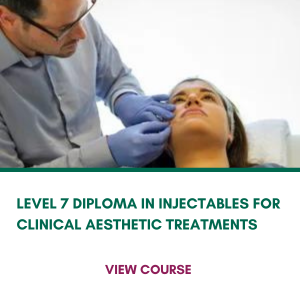

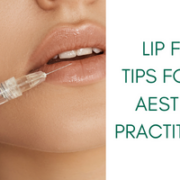
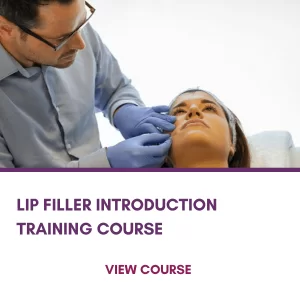
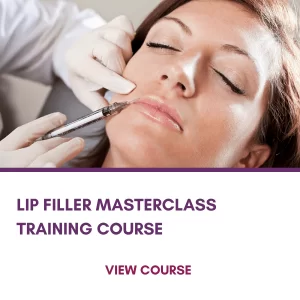




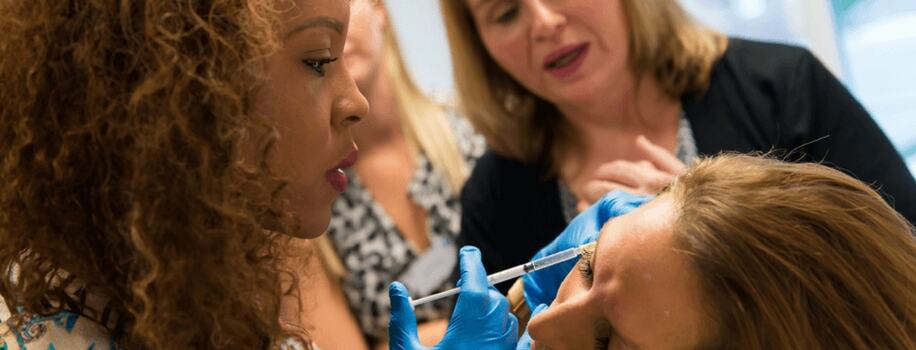
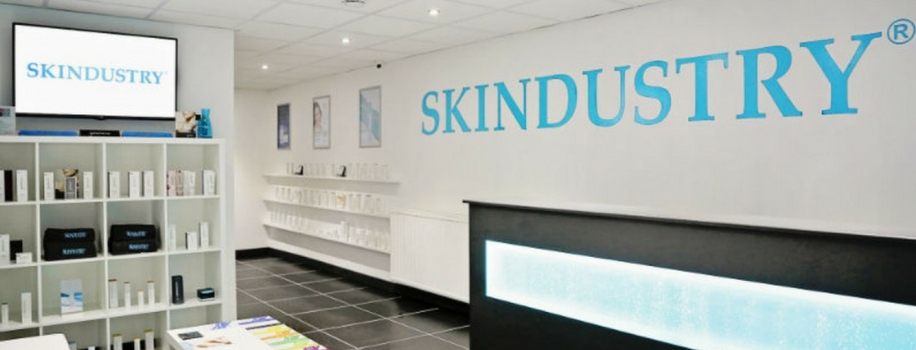

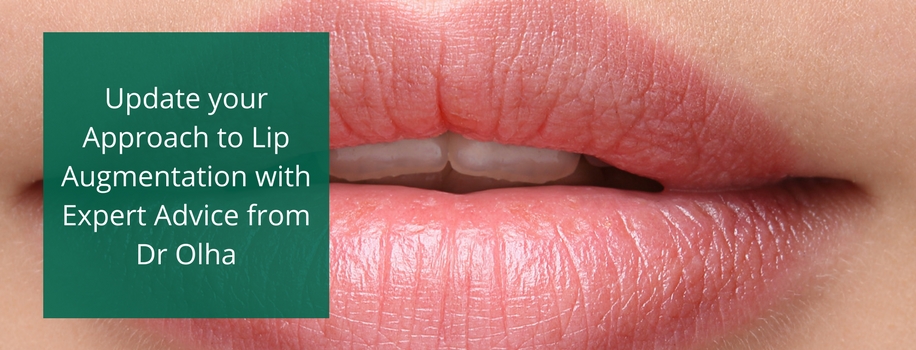
 Aesthetic Dentist at Shine Medical and one of our expert trainers on our lip masterclass Dr Olha Vorodyukhina offers her advice on why lip fillers are essential for any cosmetic practice and how to safely deliver this treatment to your clients.
Aesthetic Dentist at Shine Medical and one of our expert trainers on our lip masterclass Dr Olha Vorodyukhina offers her advice on why lip fillers are essential for any cosmetic practice and how to safely deliver this treatment to your clients.